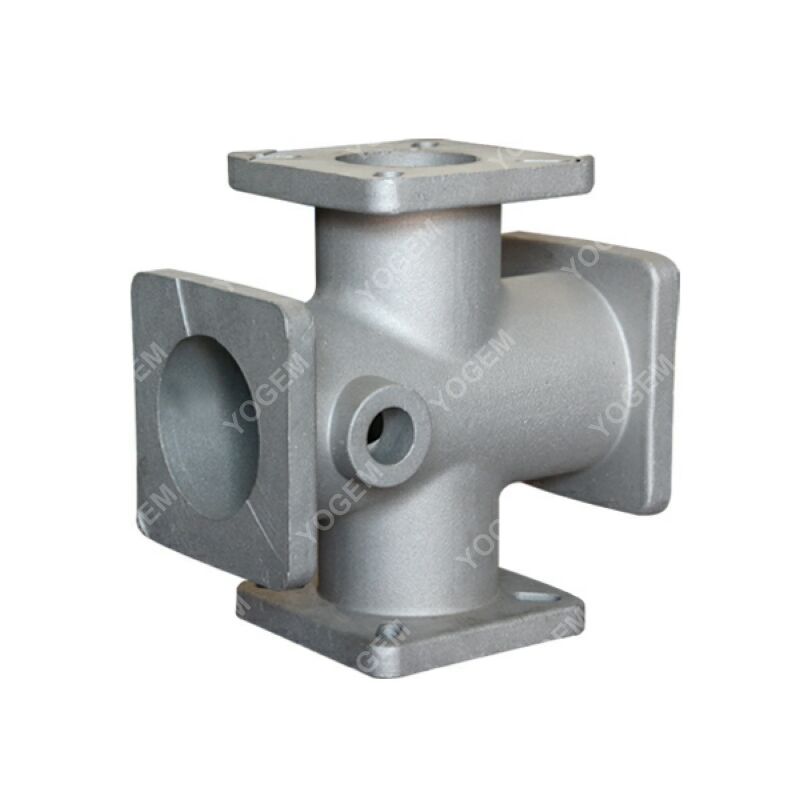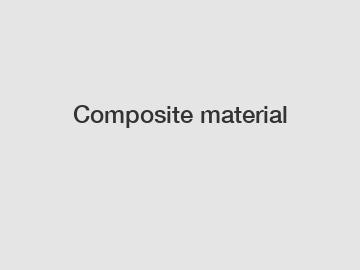Exploring the Environmental Impact of Aluminum Casting Processes
Aluminum casting processes play a significant role in numerous industries, ranging from automotive and aerospace to construction and electronics. While these processes offer versatility and efficiency in manufacturing, it's crucial to delve into their environmental impact. In this comprehensive guide, we'll explore the various aspects of aluminum casting and its effects on the environment.

Aluminum casting involves the pouring of molten aluminum into a mold to create a desired shape or component. This process is widely utilized due to aluminum's lightweight nature, high strength-to-weight ratio, and excellent corrosion resistance. The two primary methods of aluminum casting are die casting and sand casting, each with its unique advantages and applications.
Die Casting
Die casting utilizes high-pressure injection to force molten aluminum into a steel mold cavity, resulting in intricate and precise shapes. This process is highly automated, offering fast production rates and minimal material waste. However, die casting requires significant energy consumption, mainly due to the need to heat the aluminum to high temperatures.
Sand Casting
Sand casting, on the other hand, relies on a mold made from compacted sand mixed with a binding agent. Molten aluminum is poured into the mold, where it solidifies to form the desired shape. Sand casting is more versatile and cost-effective for small to medium-sized production runs. Additionally, the sand mold can be reused multiple times, reducing waste.
Environmental Impact
While aluminum casting processes offer numerous benefits in terms of manufacturing efficiency and product performance, they also pose environmental challenges. It's essential to evaluate these impacts and explore potential mitigation strategies.
Energy Consumption
One of the primary environmental concerns associated with aluminum casting is energy consumption. Both die casting and sand casting require substantial amounts of energy to melt the aluminum and operate the casting machinery. This energy consumption contributes to greenhouse gas emissions and increases the overall carbon footprint of the manufacturing process.
Emissions
In addition to energy consumption, aluminum casting processes generate various emissions, including greenhouse gases and air pollutants. The combustion of fossil fuels for heating furnaces and operating machinery releases carbon dioxide (CO2), sulfur dioxide (SO2), nitrogen oxides (NOx), and particulate matter into the atmosphere. These emissions can contribute to air pollution and have adverse effects on human health and the environment.
Recommended article:How to choose the right aluminum profiles? - CHAL
Waste Generation
How to Choose the Best Tungsten Carbide Insert Bit
How Does Stainless Steel Work?
Which Stainless Steel Cladding Plate is best?
4 Advice to Choose a Round Cutting Blade
The Benefits of Using Stainless Steel Sheet for Your Next Project
How to Choose Tungsten Carbide DTH Drill Bit
Another environmental impact of aluminum casting is the generation of waste. Both die casting and sand casting produce waste materials such as scrap aluminum, spent sand, and casting defects. Proper management of these waste streams is essential to minimize environmental contamination and promote recycling and reuse wherever possible.
Mitigation Strategies
To address the environmental impact of aluminum casting processes, manufacturers can implement various mitigation strategies aimed at reducing energy consumption, emissions, and waste generation.
Energy Efficiency Measures
Improving energy efficiency is crucial for reducing the environmental footprint of aluminum casting. This can include upgrading equipment to more energy-efficient models, optimizing process parameters to minimize heat loss, and implementing recycling systems to recover heat from furnace exhaust gases.
Adoption of Renewable Energy
Transitioning to renewable energy sources such as solar, wind, or hydropower can further reduce the carbon footprint of aluminum casting operations. By harnessing clean energy sources, manufacturers can minimize their reliance on fossil fuels and mitigate greenhouse gas emissions.
Waste Reduction and Recycling
Efforts to minimize waste generation and maximize recycling are essential components of sustainable Aluminum Die Casting. This can involve implementing closed-loop recycling systems to reuse scrap aluminum and investing in technologies for reclaiming and reconditioning spent sand.
Conclusion
In conclusion, while aluminum casting processes offer numerous benefits in terms of manufacturing efficiency and product performance, they also have significant environmental implications. By understanding these impacts and implementing mitigation strategies, manufacturers can reduce their environmental footprint and contribute to a more sustainable future.
Recommended article:10 Questions You Should Know about Grinding Shot
4 Tips to Select a Copper Clad Stainless Steel Plate
Expert guide: Everything you need to know about Carbide Plate
How to Choose HIREFLE: A Guide to Finding the Right Fit
How Does Tungsten Carbide Insert for Milling Cutters Work?
How Does organic makeup work?
How Tungsten Carbide Button Enhances Drill Performance


Comments
0